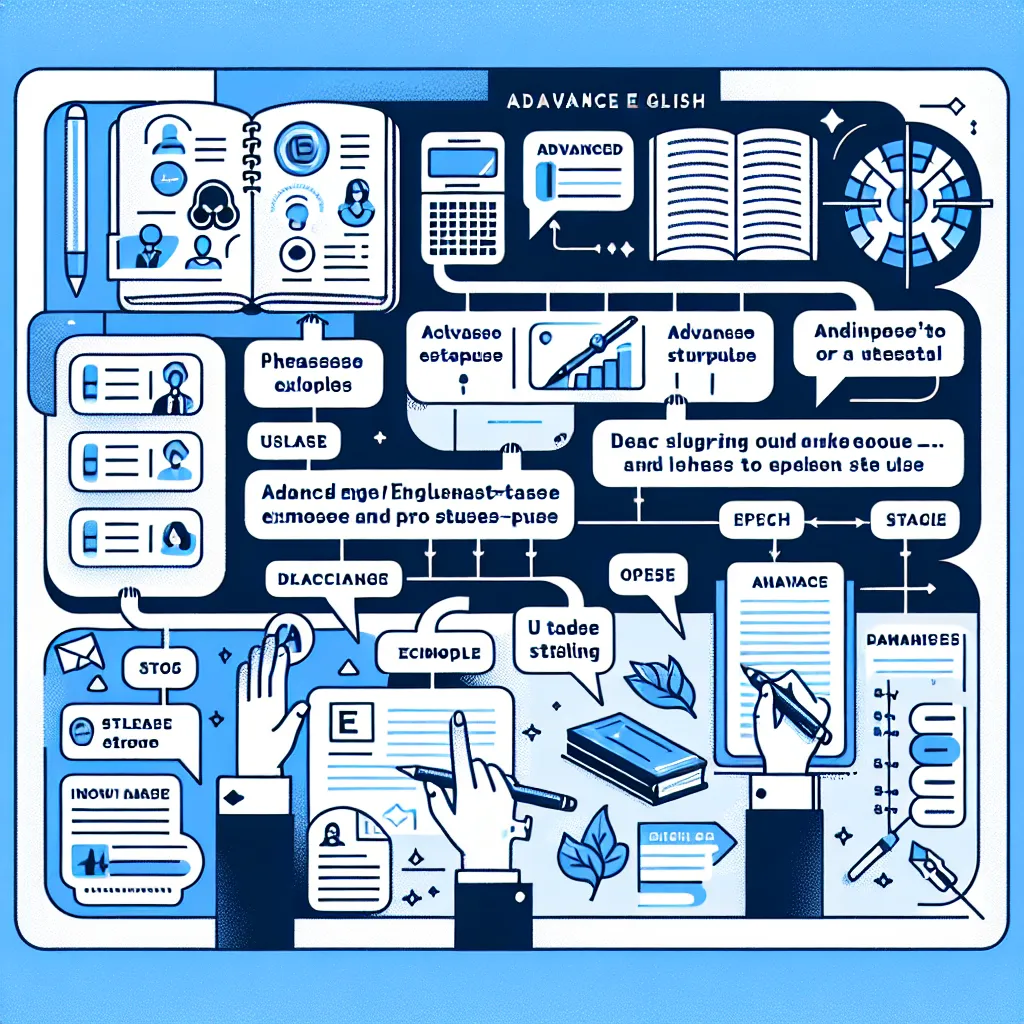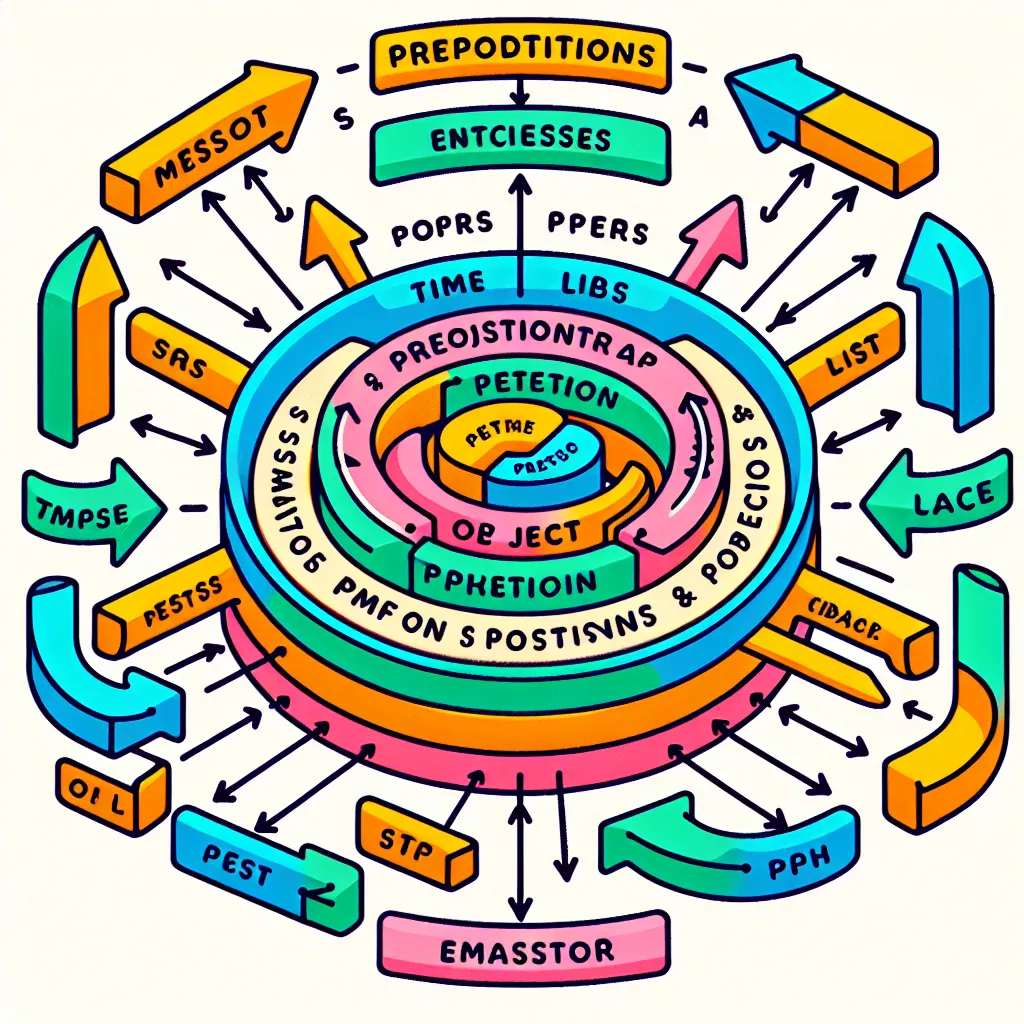Conditional sentences are a crucial aspect of formal writing, allowing writers to express complex ideas, hypothetical situations, and logical relationships. This guide will help you master the art of using conditional sentences effectively in your formal writing, enhancing your ability to convey sophisticated thoughts with clarity and precision.
Understanding Conditional Sentences
Conditional sentences express a relationship between two events or situations, where one event or situation depends on the other. In formal writing, these sentences are essential for discussing hypothetical scenarios, presenting logical arguments, and exploring cause-and-effect relationships.
 Conditional Sentences Diagram
Conditional Sentences Diagram
Types of Conditional Sentences
-
Zero Conditional: Expresses general truths or scientific facts.
Example: “If water reaches 100°C, it boils.” -
First Conditional: Discusses possible future events and their likely outcomes.
Example: “If the government implements these policies, economic growth will accelerate.” -
Second Conditional: Explores hypothetical or unlikely situations in the present or future.
Example: “If the company were to invest in renewable energy, it would significantly reduce its carbon footprint.” -
Third Conditional: Refers to hypothetical situations in the past and their imagined results.
Example: “Had the research been conducted more thoroughly, the results would have been more conclusive.” -
Mixed Conditional: Combines different types of conditionals for complex scenarios.
Example: “If the team had prepared better, we would be in a stronger position now.”
Strategies for Mastering Conditional Sentences in Formal Writing
1. Choose the Appropriate Conditional Type
Select the conditional type that best suits your intended meaning:
- Use Zero Conditional for scientific facts or general truths.
- Employ First Conditional for likely future scenarios.
- Utilize Second Conditional for hypothetical present or future situations.
- Apply Third Conditional for hypothetical past situations.
- Implement Mixed Conditionals for complex temporal relationships.
2. Maintain Consistency in Tense and Mood
Ensure that the tenses in both clauses of your conditional sentence align with the chosen conditional type. For example:
- First Conditional: “If + present simple, will + infinitive”
- Second Conditional: “If + past simple, would + infinitive”
- Third Conditional: “If + past perfect, would have + past participle”
3. Use Formal Alternatives to “If”
In formal writing, consider using more sophisticated alternatives to “if”:
- Should: “Should the results prove inconclusive, further studies will be necessary.”
- Were: “Were the hypothesis to be confirmed, it would revolutionize our understanding.”
- Had: “Had the experiment been conducted under controlled conditions, the outcome might have differed.”
4. Employ Inversion for Emphasis
Inversion can add emphasis and formality to your conditional sentences:
- “Were the proposal to be accepted, significant changes would ensue.”
- “Had the researchers known about this variable, they would have adjusted their methodology.”
5. Incorporate Modal Verbs for Nuance
Use modal verbs to express degrees of certainty, obligation, or possibility:
- “If the project proceeds as planned, it may yield significant benefits.”
- “Should unforeseen circumstances arise, the team must be prepared to adapt quickly.”
Common Pitfalls to Avoid
-
Mixing Conditional Types: Ensure consistency within each sentence.
Incorrect: “If I studied harder, I will pass the exam.”
Correct: “If I study harder, I will pass the exam.” (First Conditional) -
Overusing Conditional Sentences: While powerful, overuse can make your writing feel uncertain or repetitive.
-
Neglecting Context: Ensure your conditional sentences align with the overall tone and purpose of your formal writing.
-
Forgetting Punctuation: In formal writing, always use a comma to separate the clauses when the “if” clause comes first.
Practical Exercises for Improvement
To enhance your mastery of conditional sentences in formal writing, try these exercises:
- Rewrite informal conditional sentences in a formal style.
- Create a set of mixed conditional sentences related to your field of study or work.
- Practice using inversions and alternative structures to “if” in your conditional sentences.
- Analyze conditional sentences in academic papers or formal reports in your area of expertise.
Conclusion
Mastering The Use Of Conditional Sentences In Formal Writing is a valuable skill that can significantly enhance the sophistication and precision of your communication. By understanding the different types of conditionals, employing formal alternatives, and avoiding common pitfalls, you can effectively express complex ideas and hypothetical scenarios in your academic or professional writing. Remember, practice is key to perfecting this essential aspect of formal English grammar.
For more advanced grammar tips, you might find our guide on how to use advanced conditional types helpful in further refining your formal writing skills.




